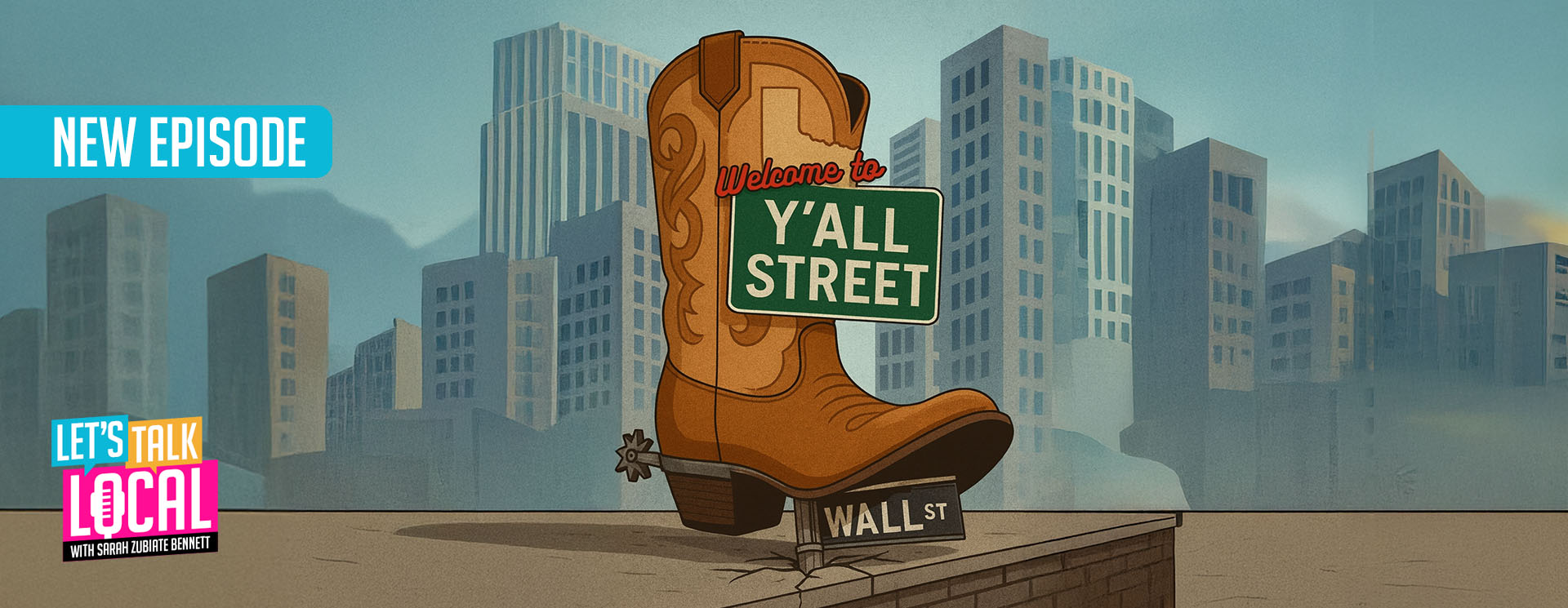Dealey Plaza, often referred to as “the birthplace of Dallas,” was recently dubbed “the city’s most profound urban failings” by Architecture Critic Mark Lamster of The Dallas Morning News.
Lamster wrote last month praising Dealey Plaza as a culturally iconic location while highlighting its inaccessibility and poor functionality.
He put forward a speculative urban proposal, articulated by Chris Reed of Stoss Landscape Urbanism in Boston and Monica Ponce de Leon of MPdL Studio in Princeton, New Jersey, that will breathe new life into the historic Dallas site while uniting the plaza with Martyr’s Park, another historic space, and the Triple Underpass.
“The News presents this speculative proposal — a big idea, complete with renderings and architectural drawings — to show how these spaces could be transformed; to suggest what is possible if the city can summon its collective will,” Lamster wrote.
Dealey Plaza is famous for being the site of President John F. Kennedy’s assassination on November 22, 1963, on Elm Street. Lamster wrote that the plan would “turn Elm Street into a space for pedestrians and create memorial pools marking the points where bullets hit President Kennedy (removing the vulgar white X’s painted by assassination theorists).”
This aspect of the plan has resulted in both positive and negative feedback.
“Our new downtown parks and public spaces have been critical catalysts for the revitalization of our city center. Because of places such as Carpenter Park, Pacific Plaza, West End Square, Klyde Warren Park and the AT&T Discovery District, downtown is thriving and growing,” Dallas Mayor Eric Johnson said.
“We should continue to explore every opportunity to breathe even more new life into our downtown. Dealey Plaza is clearly underutilized, and we should consider any proposals to make the plaza a more vibrant and inviting space for our residents and visitors while following the guidance of the principles laid out in the Downtown Dallas 360 Plan,” he said.
Another city figure in favor of the plan was Arun Agarwal, chairman of the Dallas Park and Recreation Board.
“Anytime I have any visitors to Dallas internationally or from the USA, the first question is, ‘Where was JFK shot?’ This might be the most significant historic spot in Dallas,” Agarwal said. “Let us activate and revitalize. The redesigned plan of Dealey Plaza by Chris Reed and Monica Ponce de Leon is futuristic and much needed.”
On November 15, a week before the 59th anniversary of the Kennedy assassination, The Dallas Morning News assembled a community dialogue that posed the question of how best to portray the location of Kennedy’s assassination.
The two architects presented their thoughts and intentions. Ponce de Leon expressed that designers hope to overcome the concept of Dealey Plaza being merely a tourist attraction “and think of it as a space that belongs to the nation.” Reed said that the speculative plan would create a unique space against the backdrop of the Dallas skyline.
John Mullen, 81, who did not agree with the proposal, focused on what appeared to be the most controversial element of the plan, the closing of Elm Street to traffic, calling it “a real mistake.” Mullen argued that former first lady Jacqueline Kennedy would have been “offended to have the street closed. It should be left as it was on that day.” Mullen instead suggested closing Main Street, showing that there is still much to discuss and debate in the proposal before it becomes a reality.


